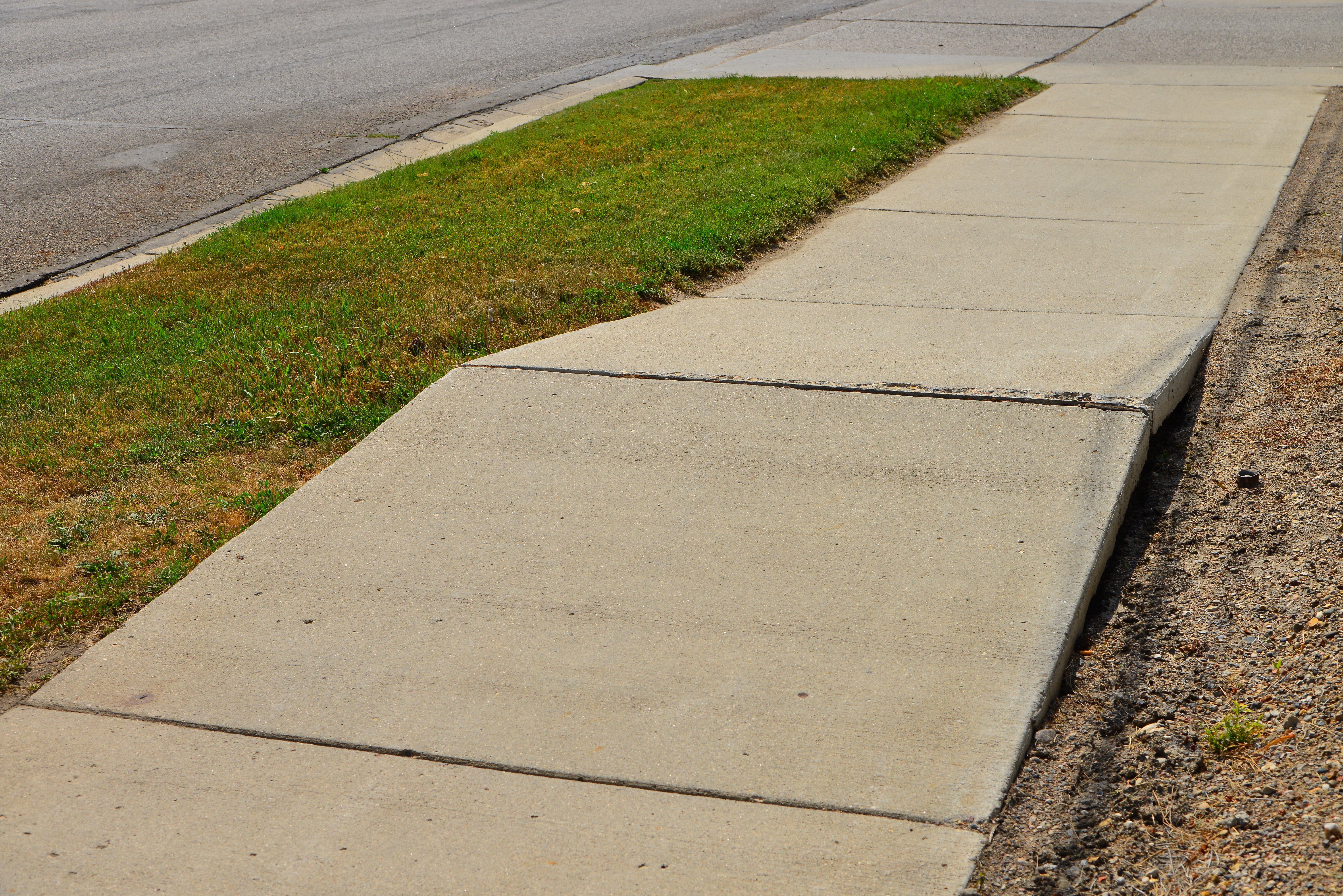Roofing | September 21, 2022
When to Consider a Full Custom Roof Design
If you are considering a roofing project for your facilities like a repair or replacement, it is important to consider the type of project plan you are going to need. A project plan is an outline of the work that needs to be done, as well as how to do it. The amount of detail needed in a project design plan depends on the specific roofing project in question.
Two options for you to consider for your project are a performance specification, or “performance spec,” or a custom design, sometimes referred to as a “full design”.
In basic terms, a performance spec is like a generic guide for a roof system that can be used for simple or similar roofs, whereas a custom roof design is a detailed, step-by-step instruction manual for the specific roof in question. They both have their advantages and disadvantages which we’ll explore here.
Less detail, less upfront cost, more risk? Or more detail, higher upfront cost, less overall project risk?
Imagine driving to a new destination using GPS versus a paper map. A GPS provides you with step-by-step instructions for your exact route, whereas a map provides a less in-depth view of the general area and the roads. A paper map is $20, a GPS is at least $100.
A performance spec design takes considerably less time and effort to create. For this reason, these plans cost roughly 1/4th of the price of a custom design.
It is best for building owners to consider if they truly need a custom roof design before beginning the project, as a performance spec design can be sufficient in cases where the project lacks complexity and the building envelope is not unique.
For a small project on a building requiring a simple roof system, a custom roof design may be overkill. If you have 500 buildings in your portfolio similar to this one, 500 custom designs are likely overkill.
In scenarios like these, a performance spec can be a real boon for your capital budget. They can also speed up your roofing projects by letting your contractors take on the task of site-by-site changes to the basic spec, but that means more guesswork for them and more risk for you in the possible delay of the project closeout.
Conversely, if you have a particularly complex roof with many sections, unique weather concerns, or one that requires an unconventional roof system, a custom design can take these into account before any materials or boots show up at your facility.
If you are considering a complex re-roofing project, it is best if the contractor has proper instructions to ensure that they conduct the work correctly. A project with insufficient detail can roll downhill quickly and lead to even more cost or time to correct issues that could have been planned for from the start.
Do you have multiple buildings with the same unique envelope needing similar work?
For multiple buildings with identical or near-identical roof layouts or climate considerations, layouts your custom design applies to those as well. This can provide cost savings despite a custom plan being more expensive, as it can be used for multiple projects. Although the specific scope could vary slightly by building, a custom design plan from a similar project would be a better guide for contractors than a performance spec plan. This is because the details and instructions would be more relevant to a similar project.
What do we mean by a complex roof design?
Below is a tricky aspect of a project alongside its custom detail from the design plan:
Tackling a complicated task such as this, without proper instruction, can result in contractors overlooking critical components in the flashing details such as sealants, order of installation, and/or manufacturer’s requirements for warranty approval.
This example is just one of many diagrams that would be included in a custom design package. Achieving this extreme level of detail requires a specialist to inspect the roof and for them to anticipate the nature of work that will need to be done to repair or replace it. This is a time-consuming task that takes multiple site visits to record details about the roof and its needs, as well as expert analysis and planning for the proposed work. However, these up-front costs are insignificant compared to the prospect of having long punch lists at the end of the project for warranty approval or even doing the project twice.
Tackling a complicated task such as this, without proper instruction, can result in contractors overlooking critical components in the flashing details such as sealants, order of installation, and/or manufacturer’s requirements for warranty approval.
This example is just one of many diagrams that would be included in a custom design package. Achieving this extreme level of detail requires a specialist to inspect the roof and for them to anticipate the nature of work that will need to be done to repair or replace it. This is a time-consuming task that takes multiple site visits to record details about the roof and its needs, as well as expert analysis and planning for the proposed work. However, these up-front costs are insignificant compared to the prospect of having long punch lists at the end of the project for warranty approval or even doing the project twice.
An accurate and detailed project design provides contractors with comprehensive, time-saving guidance
Having the correct materials and quantity safeguards project quality, as well as helps keep a project within the expected timeline and budget.
A full roof design includes specific details and instructions for the project, as well as material types, estimated material quantity, and estimated cost of both material and labor for installation.
When considering which contractor to hire for your project, there will be high-priced and low-priced bids. With a custom roof design plan, you can lower the chance of errors resulting from a contractor who may lack specific roofing expertise to tackle aspects unique to your roof. By mitigating unforeseen contractor-related expenses that a project may incur you can offset some of the cost of a custom design.
However, without a custom full design plan, it is up to the contractors to solve any roof slope error resulting in ponding water, flashing height issues for warranty, roof edge conditions, or building code requirements. The entire process from start to finish is much smoother if any potential on-the-spot decisions are made in advance and it avoids unnecessary costs that could be incurred at the time of installation.
A roofing consultant can help you build the right project plan
The right project plan for your roof depends on many factors and starting a project can seem daunting if you are not familiar with the ins and outs of roofing. Fortunately, a roofing consultant like Mantis can help you clearly identify these factors and will work with you to devise the best project plan to move forward with. The necessary work for a roofing project can vary from repairs to replacement, whereas full replacements require significantly more planning. Full roof replacements cost dramatically more than repairs. Further, depending on the equipment on your roof (HVAC), the project plan may require significantly specific custom details.
Even if your project seems simple, using a performance spec design without meeting with a roofing consultant is extremely risky and could lead to unforeseen complications. Reach out to a roofing consultant before deciding on your course of action for your roofing project to ensure a successful outcome.
Related Posts
Discover more content and insights from Mantis Innovation

How Your Pavement Can Reduce Trip, Fall, & Slip Claims
This is the third and final installment in a series of pavement-related pieces that can keep Facilities Management on top of seasonal concerns with asphalt and concrete. While building owners and

Concrete Curing 101: Understanding a Critical Step in Your Pavement Projects
This is the second in a series of pavement-related pieces that can keep Facilities Management on top of seasonal concerns with asphalt and concrete. While building owners and operators are

The Heat is On: Strategies for Concrete Pavement Longevity Amid Extreme Weather
This is the first in a series of pavement-related pieces that can keep Facilities Management on top of seasonal concerns with asphalt and concrete. For many building owners and operators, pavement

Oh, Hail No: Roofing Tips for Severe Weather Season
Even a minor hailstorm can compromise your commercial roof’s integrity, making it essential to conduct a thorough inspection after any such event. According to the National Oceanic and Atmospheric